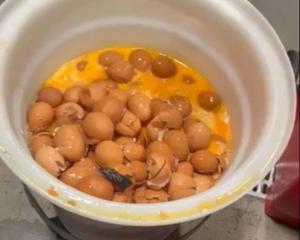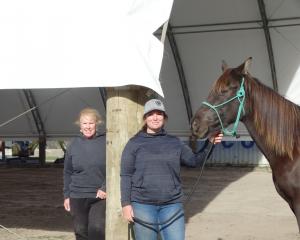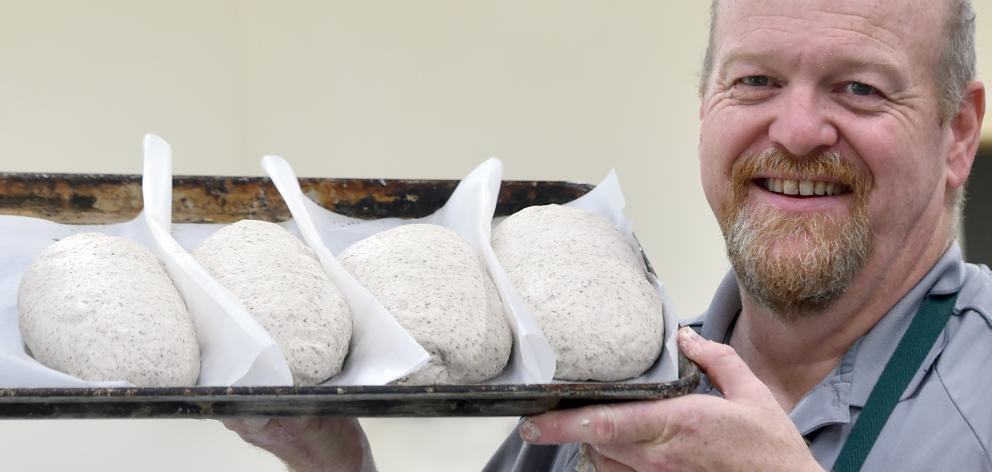
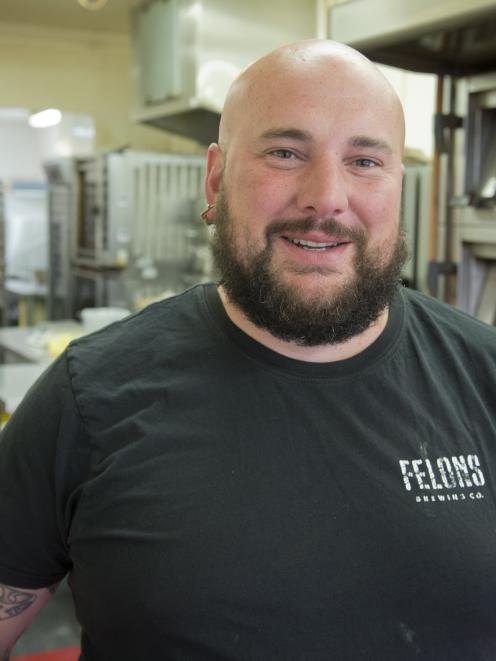
Bread was once known as the staff of life, a healthy staple food but now it’s often considered unhealthy. Perhaps that’s because most bread is now highly processed and a lot of it is thrown away.
Developed in the 1960s, the Chorleywood process can produce bread from ingredients at one end to sliced and wrapped loaves at the other in about three and a-half hours. Now mechanical dough development reduces rising time from a couple of hours to 10 minutes. This type of bread usually contains additives and is fortified with various things such as folate.
However, if you ferment dough for longer than about six hours you double the amount of available folate and increase the amount of vitamins that are naturally in it - even a white bread, according to Kevin Gilbert from Gilbert’s Fine Foods, one of several artisan bakers in Dunedin who make sourdough breads.

Sourdough breads ferment and develop between 24 and 48 hours, sometimes more. It takes time for the enzymes to do their work, for the starches to hydrate properly and the yeast and the lactic acid bacteria to do their thing, he says.
Sourdoughs often include a mix of whole grains and seeds which also adds to their health benefits.
But it’s not just long fermentation that characterises sourdough breads, Gilbert says.
"For me the most important thing about it is what’s going on behind the scenes in terms of the enzymes and lactic acid bacteria. That for me, being a bread geek, is the most interesting, the lactic acid side of things. That’s the bit I find the most fun in playing with."
Sourdough has no commercial yeast added to it. It’s generally just flour, water, salt and a starter, a living organism developed from flour, water and accumulated yeasts and bacteria, says James Musk of Spelt Bakery.
"Our starter is a living organism that we feed every day and take a portion of that and add it to the dough mix and that is what raises our bread."
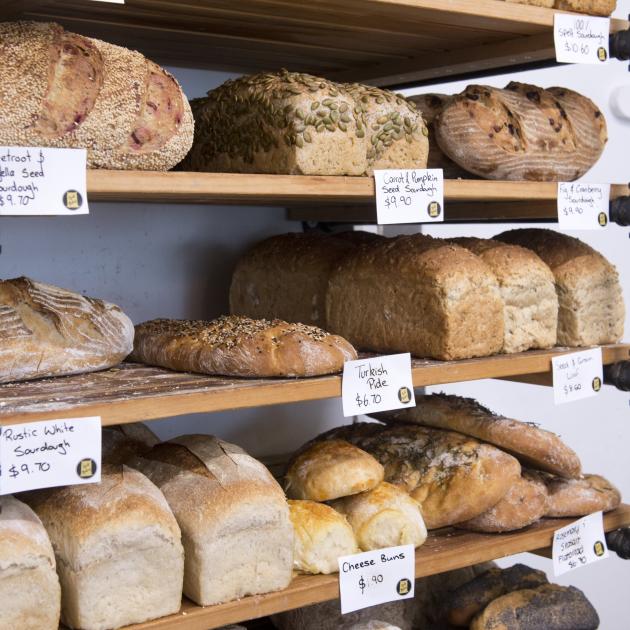
The process is as ancient as bread-making itself, probably developed when people several millennia ago noticed their porridge or flatbread dough started to bubble and produced a better tasting, lighter, airier bread. For centuries a piece of the previous day’s dough, sometimes known as the mother dough, was mixed into the next day’s bread and left to proof for many hours before baking.
Although many traditional European bakers used their own cultures well into modern times, the current trend of sourdough bread, especially in the past couple of decades in New Zealand, was influenced by bakers in San Francisco.
They developed and refined an old world tradition brought by Californian gold miners in the 1840s and 1850s.
Gilbert brought back a dehydrated starter from San Francisco some years ago and as it was more consistent than the one he had developed earlier, he uses that now in all his sourdoughs.
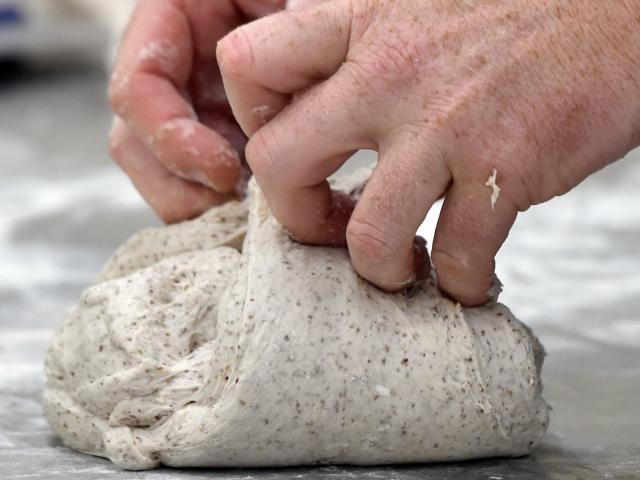
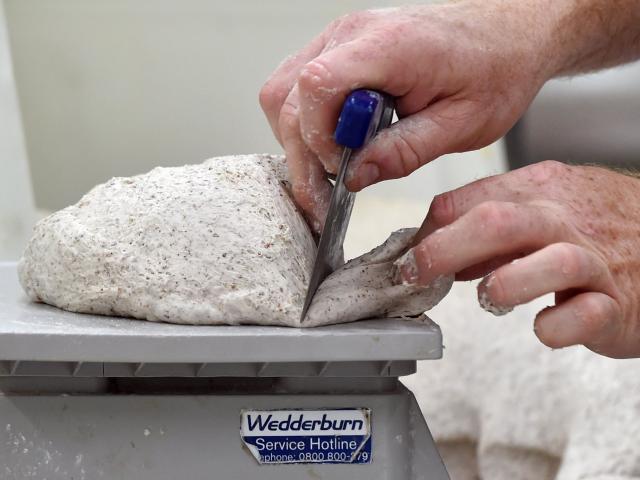
James Musk, of Spelt Bakery, developed his starter a couple of decades ago when working at High Tide restaurant. Now he runs a 100kg starter, part of which which is mixed into his doughs each day then replenished with flour and water.
"I really enjoy the simpleness behind baking bread and the connection between the hand and the dough and watching it create over time.
I’m really excited by the fact that we now have half a dozen sourdough producers here. It really shows that people have gone back to an ancient bread and realised the flavour and uses for it," he said.
Well-made sourdough has more texture and flavour than commercial breads and is usually crusty. Musk says there’s a balance between their customers who look for texture and flavour from bread and other customers who want a different bread product from commercial supermarket bread but who like consistency or who don’t want too strong flavours.
"That’s why we create special stuff we bring out now and then and keep the rest consistent."
Gilbert emphasises that sourdough does not necessarily mean the bread tastes sour. Sourness can be controlled by the time, temperature at which it is fermented and the proportion of water so the lactic acid bacteria produce less acetic acid and more lactic acid, he says.
"Sourdough is really a misnomer which is why I like the French umbrella term of ‘pain au levain’, or the ‘masa madre’ from the Spanish. I quite like the more universal reference to the process rather than the taste. Long ferment, and how you get to that, is up to you."
Some sourdough breads dry out over a few days, but others remain moist and keep well. Musk, whose best-selling multigrain is one that stays fresh for several days, says it’s because they make a porridge from oats and other seeds and grains then mix the starter through, so it retains moisture.
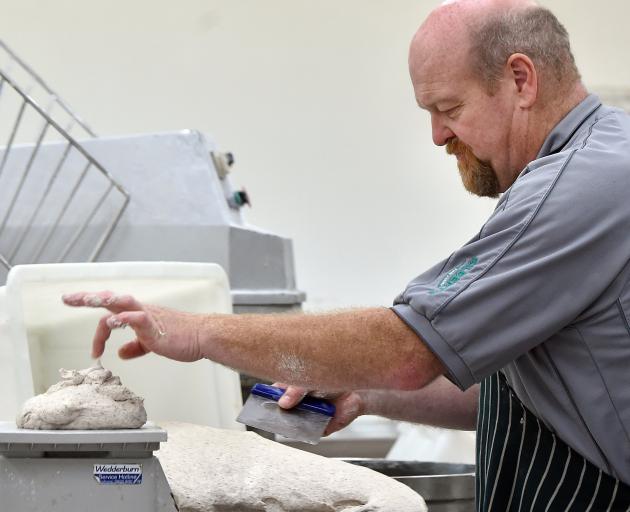
Gilbert explains it more technically. It depends on the acidity level, the ratio of starter to flour and how wet the starter is. Gelatinisation of the starches (making a porridge mix) also helps lock in the moisture and keeps the bread fresher and softer for longer.
Some bakers may use other things like oil or additives to keep the bread fresher, he said.
Artisan sourdough bread is not cheap. You don’t throw any of it away, toasting it or making croutons or breadcrumbs if it gets a bit dry. You value it, unlike sliced white supermarket bread which contributes most to food waste in this country - and possibly to some of our poor gut health.



